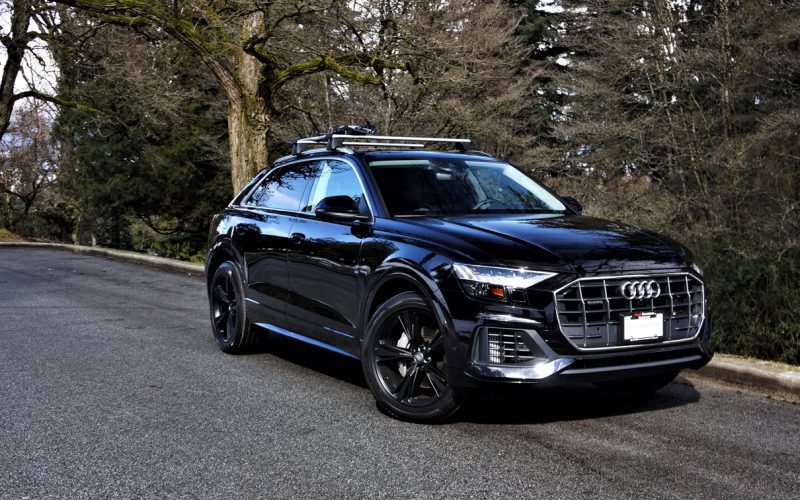
Reading Time: 10 minutesEveryone knows Lexus SUVs are amongst the most reliable in the luxury sector, but just one
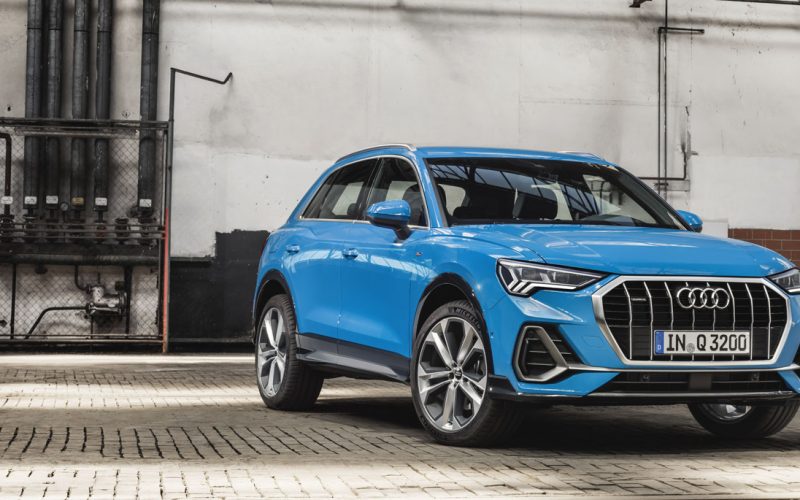
Reading Time: 11 minutesWhen Audi’s Q3 showed up on the Canadian subcompact luxury SUV scene in 2014 for the
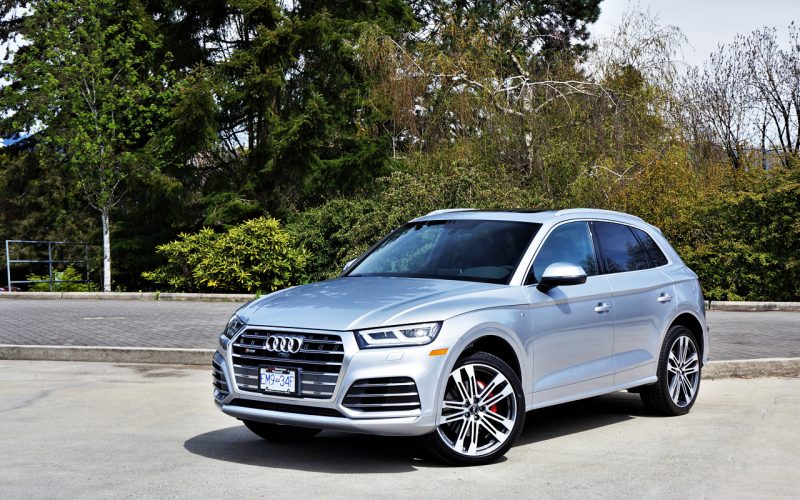
Reading Time: 12 minutesThe more popular SUVs continue to become, the more likely we’ll be seeing ever varying adaptations
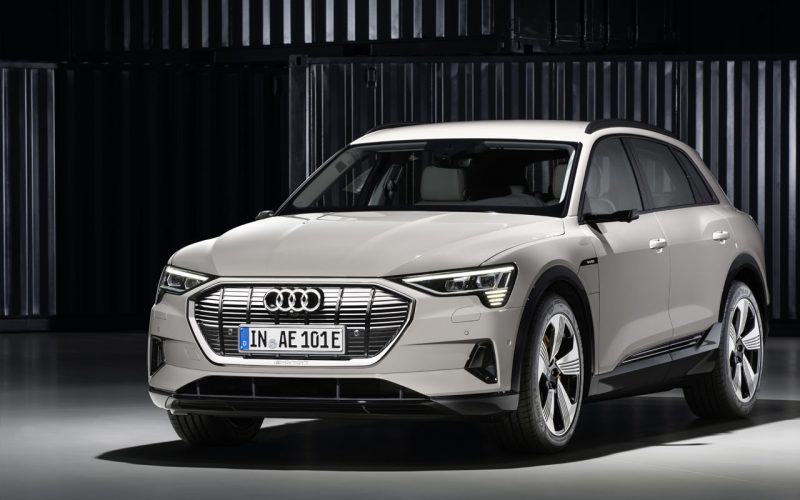
Reading Time: 9 minutesConsider the history of Audi here in North America. The four-ringed brand from Ingolstadt, Germany toiled
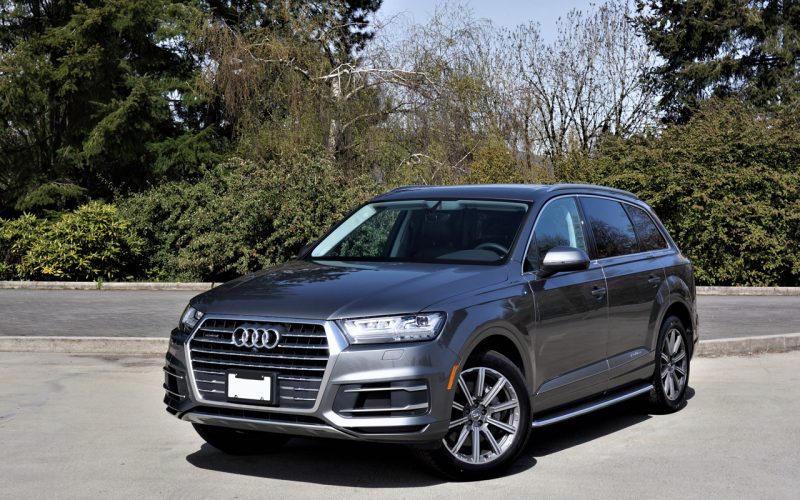
Reading Time: 11 minutesWhere is the world’s best mid-size luxury SUV made? Audi can make a good argument for
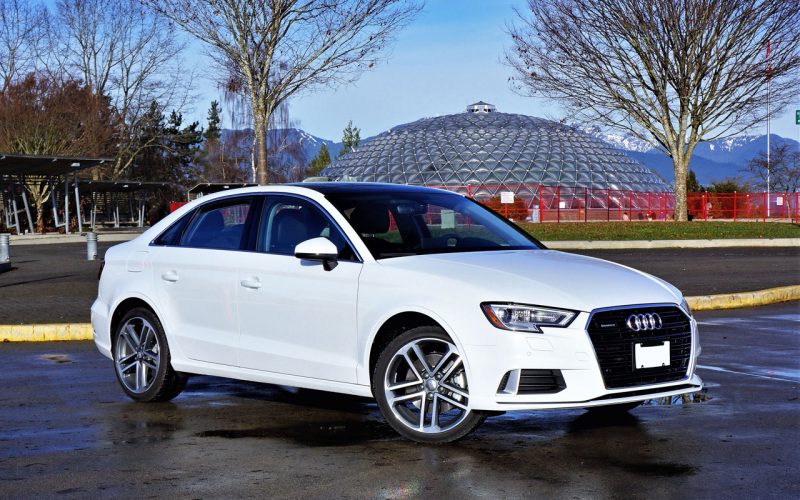
Reading Time: 11 minutesIn a market that’s constantly talking big about SUVs and simultaneously downplaying the popularity of traditional
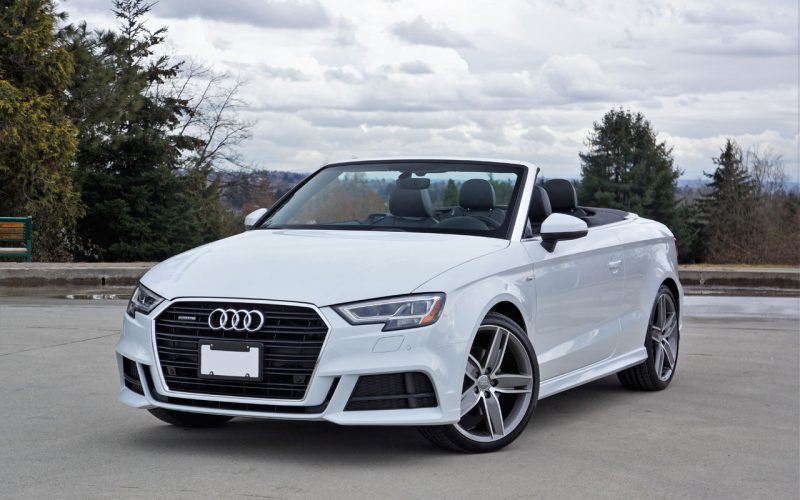
Reading Time: 7 minutesYou know you want it. Spring is here and summer is just around the corner (or
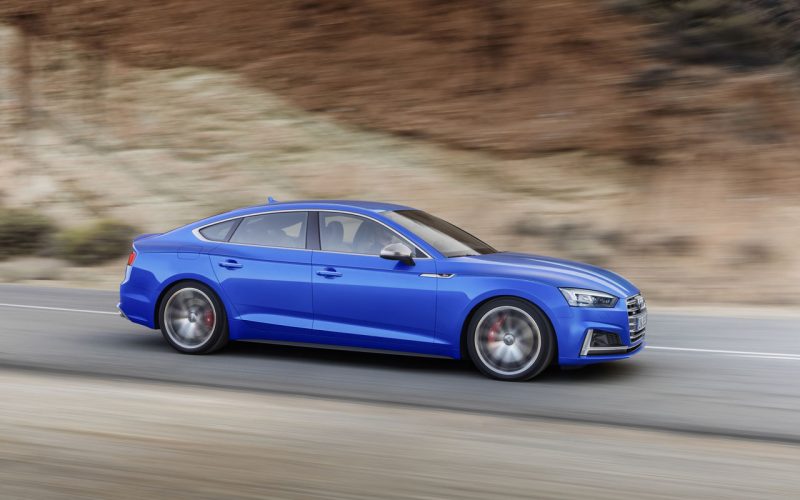
© 2025 The Car Magazine. All Rights Reserved, Privacy Policy | Terms of Use